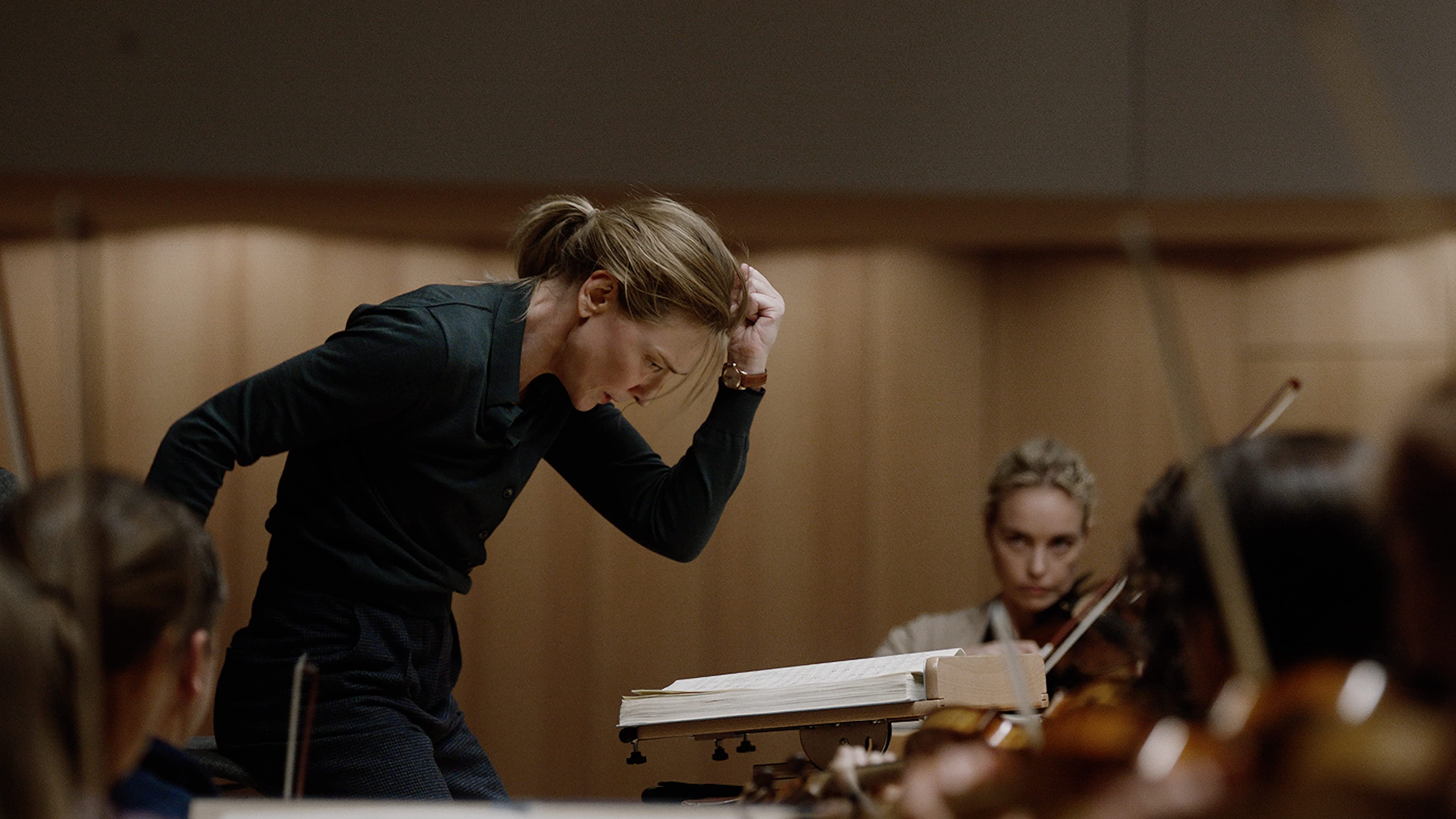Delta Airlines smashed my lute
mainIf it’s not the Customs, it’s the US airlines. This message is just in from the Lute List:
Hello all,
Last night the soundboard of my 13-course lute was completely smashed after being valet-checked on a flight. (It just happened to be my birthday. Thanks Delta.)
I have several solo lute concerts coming up in late January and
February. Is there anyone in the region of Rochester NY who would feel
comfortable loaning me a 13-course lute on which to practice and/or
perform?
Thank you,
Chris

Dr. Christopher Wilke D.M.A.
Lutenist, Guitarist and Composer
See UPDATE here.





Comments